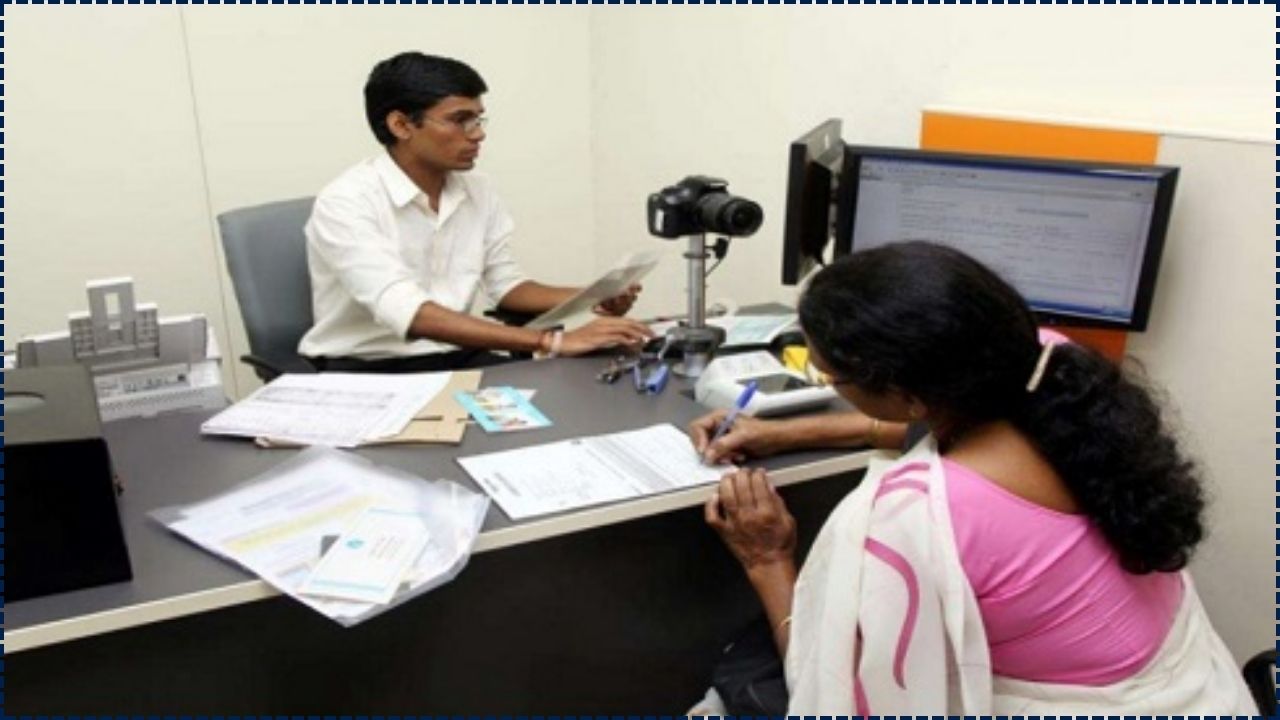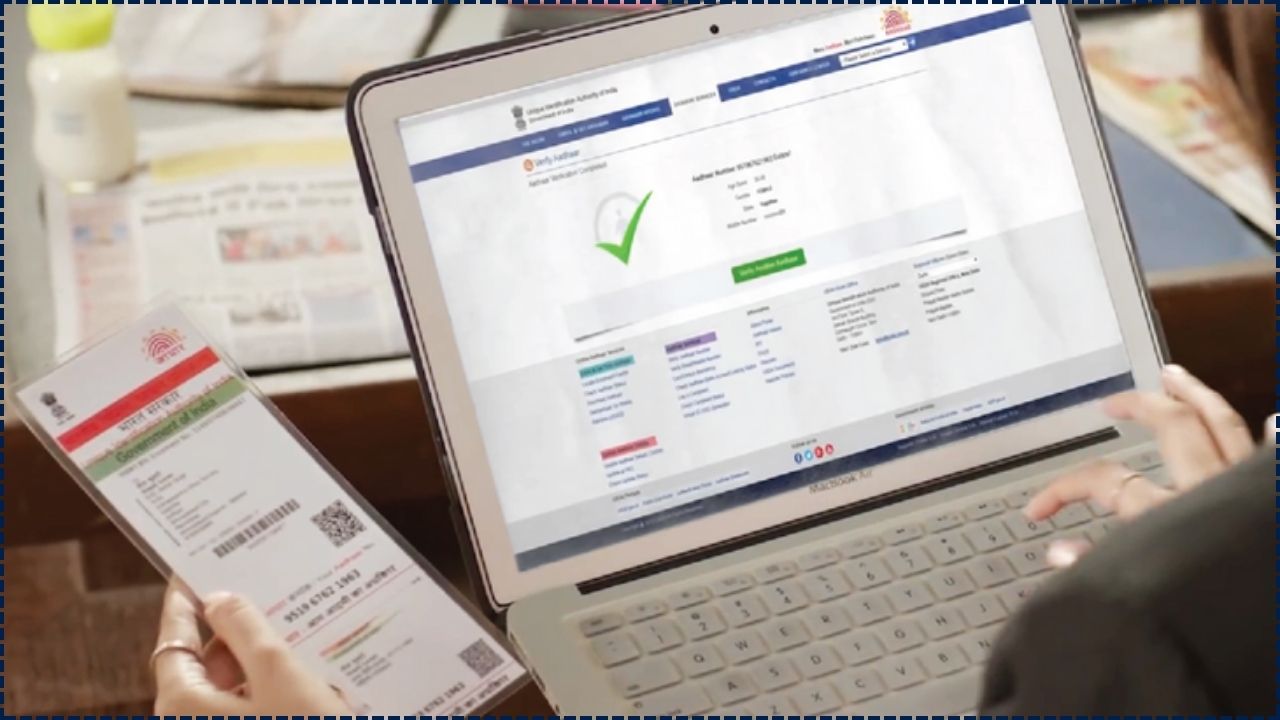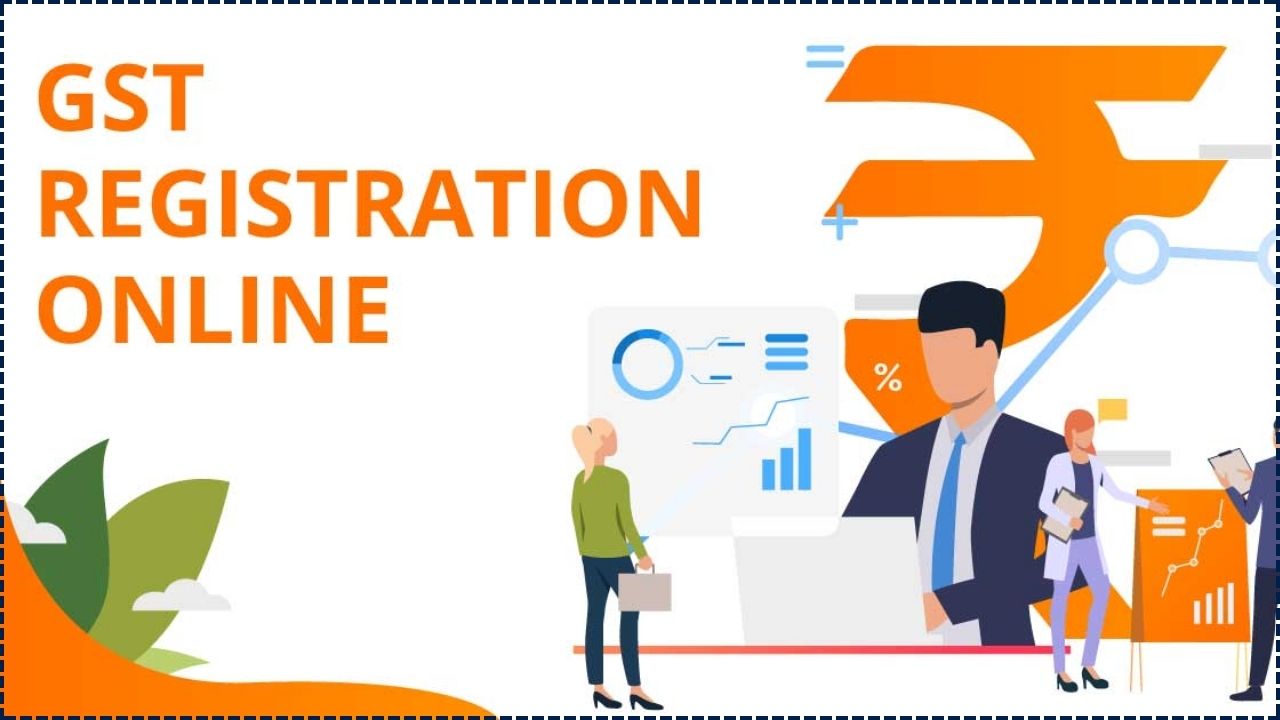India’s Goods and Services Tax (GST) regime has been in place since July 2017, requiring millions of businesses to register under a single, unified system. For entrepreneurs and established firms alike, checking GST registration status online is a crucial step to ensure compliance, access to input tax credits, and the smooth running of business operations. The government provides a digital mechanism that allows applicants to track their status transparently and in real time.

The process of checking GST registration status online is designed to be straightforward, transparent, and efficient. By understanding the steps involved and interpreting status updates correctly, businesses can ensure timely compliance with India’s tax laws and avoid operational setbacks. As India continues its push towards digital governance, tools such as these will remain central to enhancing trust and efficiency in public administration.
Why GST Registration Status Matters
GST registration is mandatory for businesses whose turnover exceeds specified thresholds, or for those engaged in interstate supply, e-commerce, and certain specialised services. Without registration, firms cannot collect GST from customers or claim credits on the tax they pay.
“GST registration serves as a gateway to formalisation,” said a senior official from the Central Board of Indirect Taxes and Customs (CBIC). “By tracking their application status online, businesses can address delays promptly and avoid non-compliance.”
Check GST Registration Status Online
Applicants can verify their GST registration progress through the official GST portal (https://www.gst.gov.in). The process requires an Application Reference Number (ARN), issued once the application is submitted, or in some cases, a Temporary Reference Number (TRN) for applications in progress.
GST Registration Status Online Made Easy Process
- Visit the GST Portal.
- Navigate to Services → Registration → Track Application Status.
- Enter the ARN or TRN received by email or SMS.
- Input the security code (captcha) and click Search.
- The portal will display the current stage of the application.
This system eliminates the need for physical follow-ups at tax offices and offers applicants instant updates on their registration.
Understanding Status Terms
The GST portal provides several status categories that indicate how far an application has progressed:
- Pending for Processing: The application has been received but is awaiting officer review.
- Pending for Clarification: Authorities have sought additional information or corrections.
- Clarification Filed – Pending Order: The applicant has submitted clarifications and awaits a final decision.
- Site Verification Assigned / Completed: A visit has been scheduled or conducted to verify business premises.
- Approved: The application is successful, and a GSTIN (Goods and Services Tax Identification Number) has been issued.
- Rejected: The application has been declined, usually due to documentation or eligibility issues.
Related Links
Registering for GST Online in India: Step-by-Step Process for New Businesses
How to Track Your Income Tax Refund Status Instantly Online
Applying for a Learner’s License Online in India: Everything You Need to Know
Timelines and Delays
According to the GST Network (GSTN), most applications are processed within three to seven working days. However, delays may occur if documents are inconsistent or if a physical verification of business premises is required. Applicants whose status remains “Pending for Clarification” are advised to respond swiftly to notices, typically sent via email and SMS.
Common Issues and Remedies
Errors in Permanent Account Number (PAN) details, mismatched addresses, or incomplete Aadhaar authentication often result in delays or rejection. Experts recommend carefully reviewing documentation before submission.
“Rejection is not the end of the road,” said Dr. Anya Sharma, a tax policy researcher at the National Institute of Public Finance and Policy. “Applicants can reapply after correcting discrepancies, but the delay can affect business operations.”
The Larger Context
India’s emphasis on digital governance underlines the importance of accessible online tools like the GST portal. For small and medium enterprises (SMEs), the ability to track registration status online reduces administrative burdens and promotes transparency. Analysts note that such systems also improve government oversight by minimising physical intervention and reducing opportunities for corruption.
















